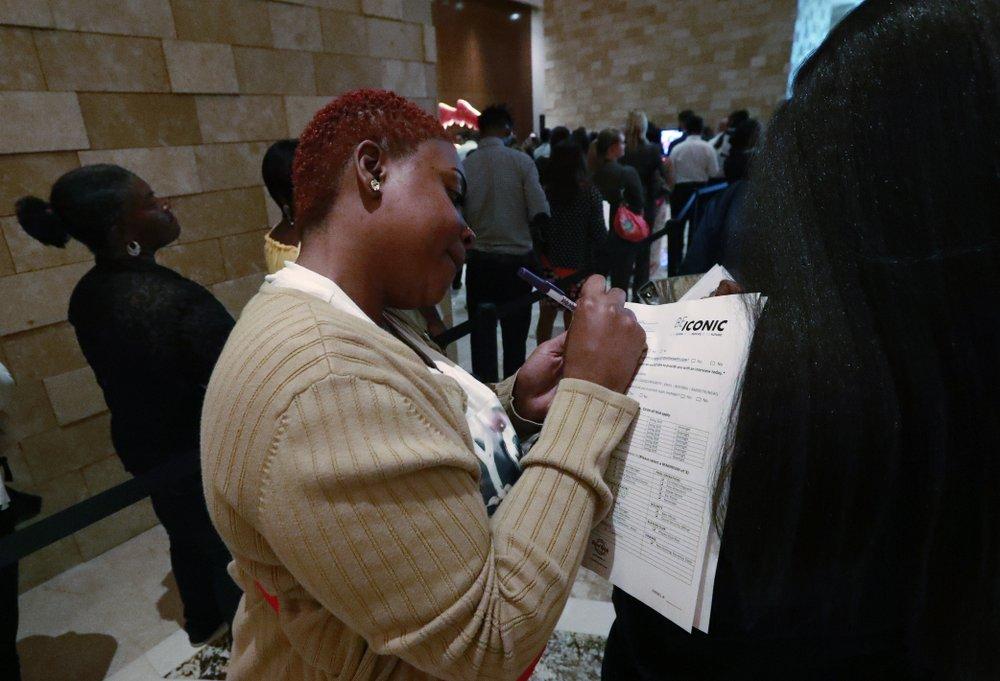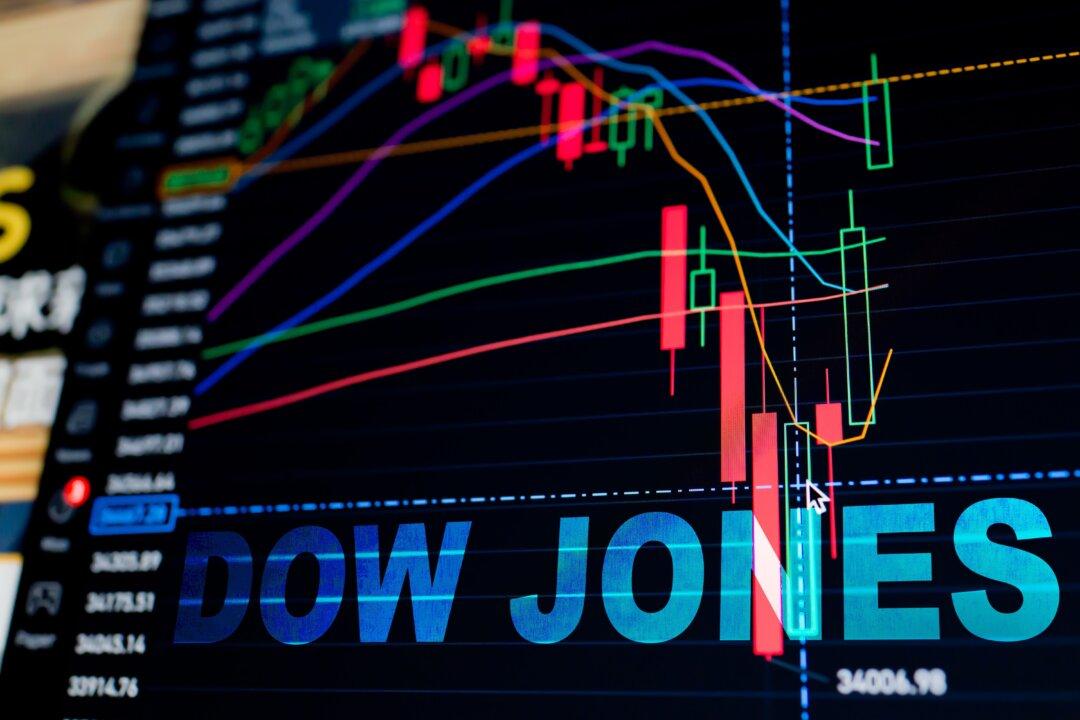WASHINGTON—U.S. employers are thought to have sustained a steady pace of hiring in July, a reassuring sign for an economy that’s endured a series of ups and downs.
Economists have forecast that the government will report that 163,000 jobs were added in July, according to data provider FactSet. This would be roughly in line with the average monthly gain of 172,000 so far this year, though below the 224,000 jobs added in June.





